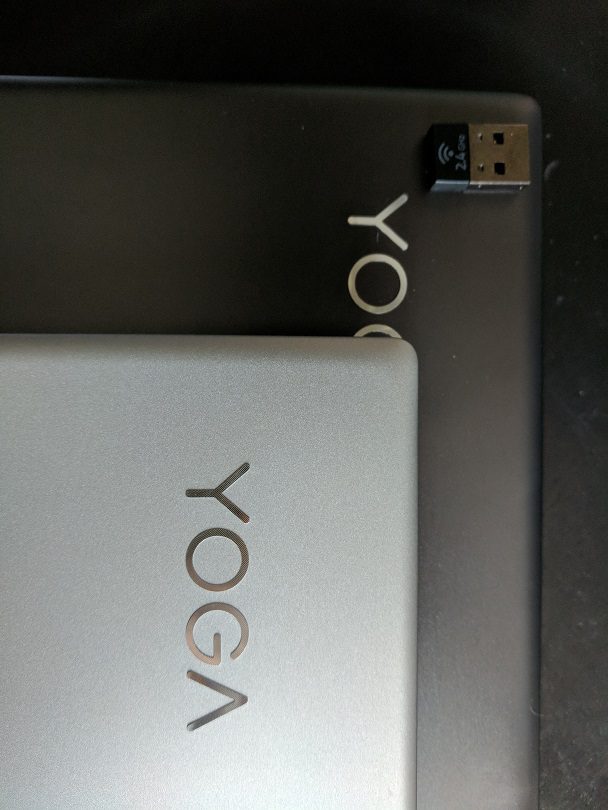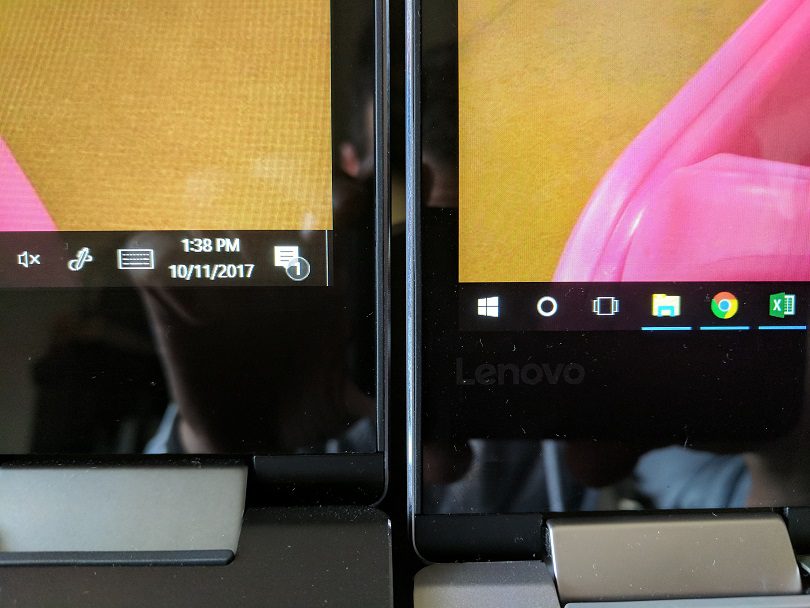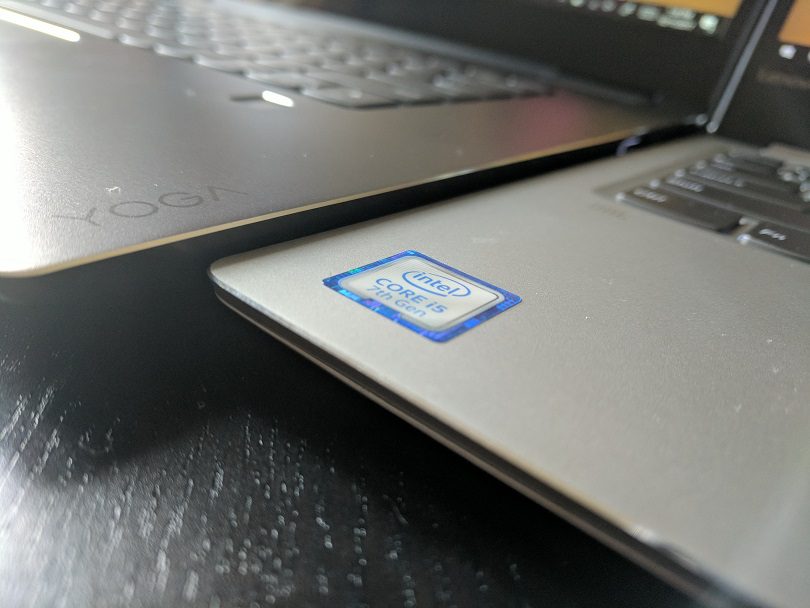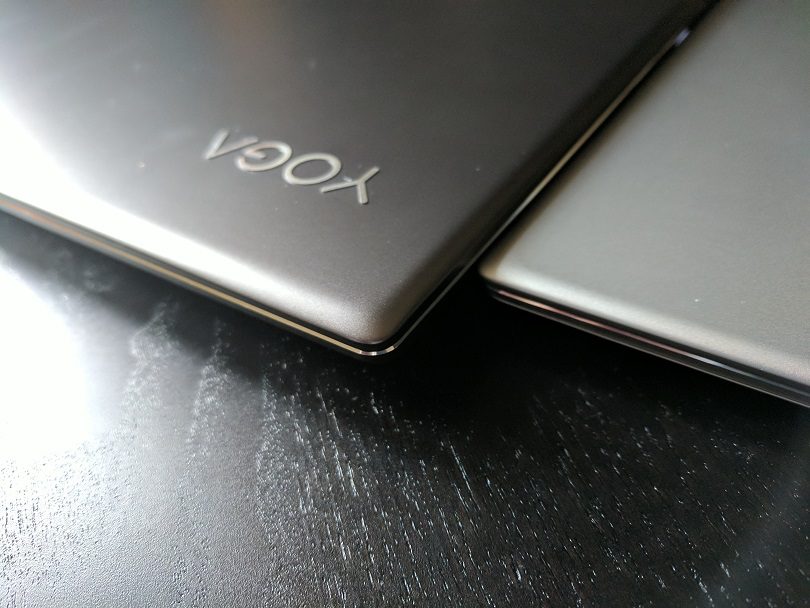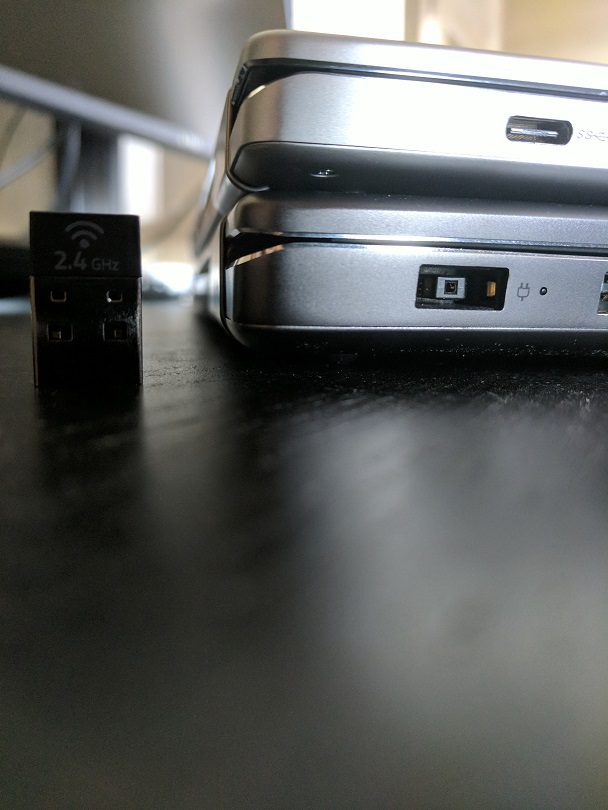Thanks to Lenovo for providing GWW with this review unit.
Having spent the month of September with the 13″ Yoga 720, I wasn’t actually excited to crack open the 15″ model. I didn’t expect any surprises. But the Yoga 720 15 does have surprises up it’s chassis (that sounds awful), but not all are for the better. Aside from the hinge and appearance, the Yoga 720 15 doesn’t share much in common with it’s little brother. You may be wondering “well, Joe, what else matters”? The reality is you’ll love your laptop more if it has a vivid screen and excellent tactile feedback, like the Yoga 720 13. Oddly, some of that didn’t make its way to the Yoga 720 15. But it did get a massive spec bump, which makes it a better fit for business users that need more power and want to do some moderate 1080p gaming. I don’t dislike the 720 15, but I am surprised it shares a surname with the Yoga 720 13.
Specifications
- CPU: 7th Generation Core i7-7700HQ (2.8 GHz/3.8GHz with 6MB Cache)
- Display: 15.6″ FHD IPS Anti-Glare (1920×1080)
- RAM: 8GB DDR4 2133 MHz
- SSD: 256GB PCIe
- GPU: NVIDIA GeForce GTX 1050 (2GB GDDR5)
- Battery: 6 Cell 72 Watt Hour Li-Cylindrical
- I/O: 1 x USB 3.1 Type-C with Thunderbolt, 2 x USB 3.0 and a headphone jack
- Size: 4.4 pounds | 14.3 x 9.5 x 0.75″
Build Quality
On the outside, the Yoga 720 15 feels like a high-quality, premium device. It has a beautiful, charcoal-colored chassis and sturdy hinges for 2-in-1 rotation. When you open the lid, that same charcoal color covers the entire base and keyboard and there is a sharp silver lining around the display, base, fingerprint reader and trackpad. The overall size and weight are on the heavy side at 4.4 pounds, but there aren’t many 2-in-1 devices with a discrete GPU, giving Lenovo some flexibility on pricing as they test the market. Keep in mind, Lenovo quite often offers discounted pricing on their products throughout their lifecycle.
Where the Yoga 720 15 begins to surprise me is with the keyboard and trackpad. It’s possible I played the silicone lottery here and lost but these components do not feel as sturdy as they did in the 720 13. For a laptop that shares the same name as the 13″ model, I was expect the exact same keyboard and trackpad. They’re not bad at all – I’ll start with that statement. But they don’t feel as tight. I noticed I would often press the CapsLk key accidentally, on too often an occasion. So I performed an experiment to find out if it’s my own issue or the design. I gave my students (20+) the assignment of getting in a line and one by one typing their name and project information into a spreadsheet. I saw a few of them also hit that CapsLk key at first. The keyboard measures identically to the Yoga 720 13, but it does feel like the key travel is deeper. Around the keyboard is….space. This was an opportunity for Lenovo to add additional speakers to either side of the keyboard. The only speakers on the laptop are rear facing unless you are using the laptop in tent mode, which makes sense.
You can compare the Yoga 720 13 and 15 with the Dell XPS 13 and 15. Dell equipped their laptops with thinner bezels with their InfinityEdge display. The Yoga’s have thicker bezels than the XPS, but the 720 15 is more impressive than the 13 because the overall bezel to screen ratio is in favor of the end user. What’s more important than bezels is screen quality and no matter what I do I can’t get the screen tone quite right. There is a consistent brownish and yellow tint to the screen by default.
-

Relative size of the Yoga 720 15 (dark gray) against the Yoga 720 13 (silver)
-

-

720 15 on the left | 720 13 on the right
-

720 15 on the left | 720 13 on the right
-

720 15 on the left | 720 13 on the right
-

Relative size against a usb transmitter
Performance
There are two CPU options available: the seventh generation Core i5-7300HQ and Core i7-7700HQ. They’re both excellent quad-core laptop processors. Quad-core is the operate word here. The Yoga 720 13 uses an ultrabook CPU that has less cache and half the cores. What this means to you is more open browser tabs while maintaining strong performance. Also, to compliment the discrete GPU, you can run more demanding games on the 720 15. The GPU can be easily misinterpreted as the surprisingly strong NVIDIA GTX 1050Ti. This is the GTX 1050. On paper, the 1050Ti has 4GB of VRAM, which is twice that of the 1050. According to Laptop Mag, the 1050 achieves 50 – 70% of the performance of the 1050Ti. In real world terms, that’s the difference of 38 FPS on a1050 and 47 FPS on a 1050Ti. So what is reality like? You can play Rise of the Tomb Raider in 1080p on medium overall settings at a decent clip (26-30 FPS). That’s not bad but you’ll have to drop the quality to low in order to be consistently above 30 FPS.
Who is this For?
What I think this laptop is trying to do is provide the input options and entertainment value of a 2-in-1 while being a more powerful laptop that’s capable of light 1080p gaming. For a 15″ laptop that shares the same name as an ultrabook, I think Lenovo should revisit the message they’re sending to consumers. The Yoga 720 15 has tremendously better performance and capabilities, and is far from being an ultrabook. While it does have the same 2-in-1 design as the Yoga 720 13, it’s size precludes it from being a comfortable device to use in those configurations.


